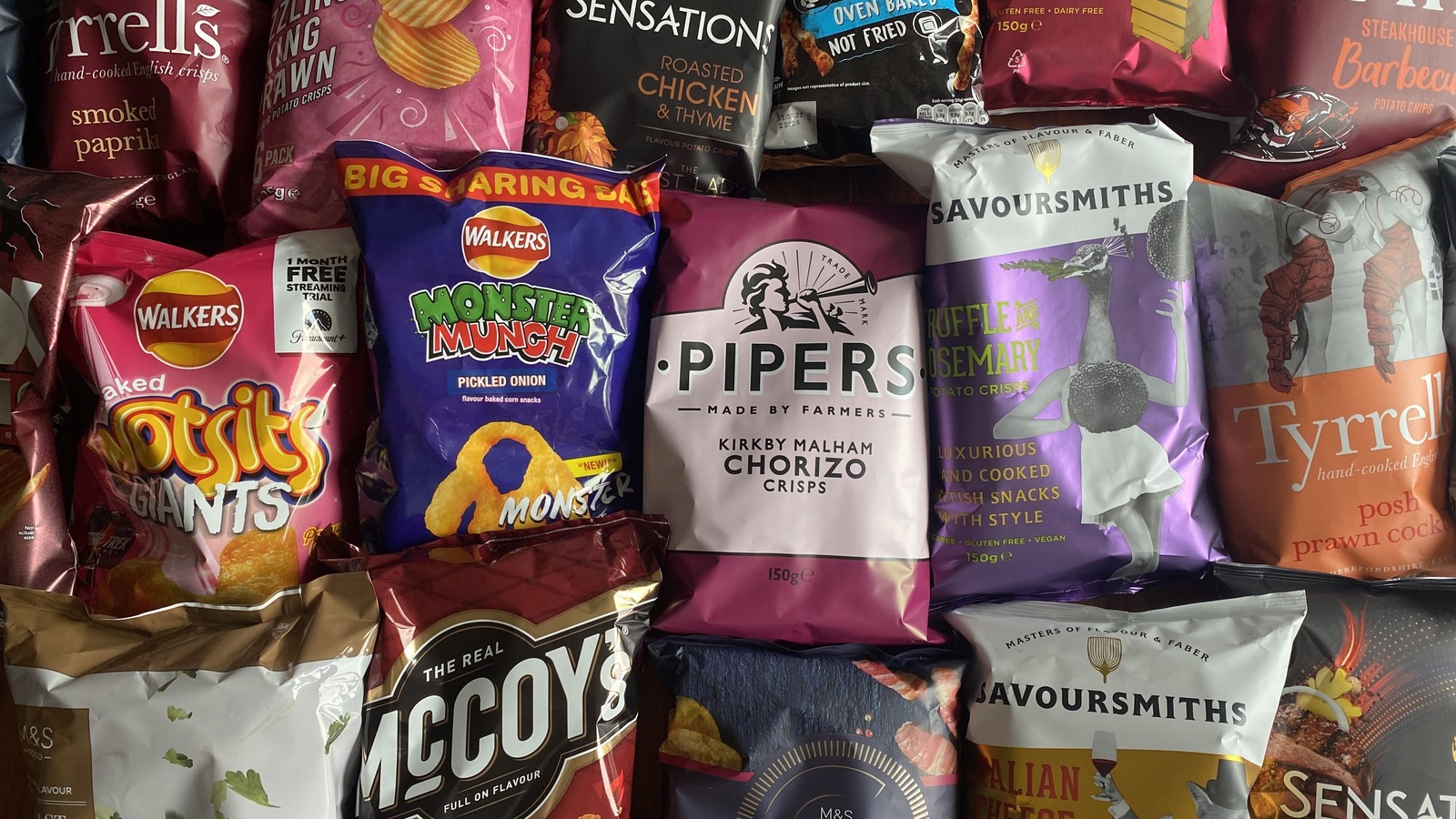This isn't a presenter sneaking a snack during work hours. It's "Crisps on the Radio," a segment where listeners send in various crisp varieties from around the world for hosts Marc Radcliffe and Stuart Maconie to guess the flavor.
International visitors often consider the full English breakfast or Sunday roast as quintessential British cuisine. However, the snack truly intertwined with daily British life is the crisp.
Not served on plates, crisps come in foil-lined bags, emitting a distinctive rustle and crunch. For the British, they are an irresistible treat.
 |
The British enjoy crisps at any time of day. Photo: CNN |
The British enjoy crisps at any time of day. Photo: CNN
According to the BBC, Britons consume approximately 10 billion bags of crisps annually. Office workers' lunches are often accompanied by a bag of crisps. Picnics in the park are deemed incomplete without them. Many pubs even host crisp buffets, demonstrating the nation's fervent love for the snack.
The origin of crisps is often attributed to the US, when chef George Crum in New York sliced potatoes incredibly thin for a discerning customer, Cornelius Vanderbilt, in 1853. However, the British also have a claim to the "invention." In 1817, Doctor William Kitchiner documented a recipe for "fried sliced or grated potatoes" in his cookbook.
In 1920, entrepreneur Frank Smith launched the first crisp factory in London, including the innovative idea of providing small salt packets for customers to season their own crisps. After World War II, numerous crisp brands emerged, including Walkers – which now produces over 11 million bags daily.
Initially, crisps were solely salted. A pivotal moment arrived in 1954 when Joe "Spud" Murphy, from Ireland, founder of Tayto, introduced cheese and onion flavor. Salt and vinegar, and then curry, followed, opening up a world of diverse flavors.
 |
Hundreds of crisp flavors are available in Britain. Photo: Tasting Table |
Hundreds of crisp flavors are available in Britain. Photo: Tasting Table
By the 1980s, crisps had become a pop culture icon, appearing in songs, television advertisements, football matches, and everyday life.
In the late 1980s, Kettle Chips arrived in the UK with thick-cut, organic oil-cooked crisps, targeting adults and sophisticated gatherings. Tyrells and Walkers Sensations followed, transforming crisps into a "premium" snack offered to guests like wine or cheese.
Today, hundreds of flavors exist, from traditional to unusual ones like prawn cocktail and mint candy. However, classic flavors remain dominant.
Amid health concerns, baked, low-fat crisps made from vegetables or lentils have appeared. Yet, experts agree that crisps remain an essential "snack in a bag." Few nations adore crisps as much as Britain. They have become a national symbol, rivaling any other national dish.
 |
Traditional British crisps are salted. Photo: Walkers |
Traditional British crisps are salted. Photo: Walkers
"From office lunches to pub snacks, from childhood memories to adult life, crisps are interwoven into British memories and culture," notes writer Neil Ridley.
Anh Minh (CNN)












